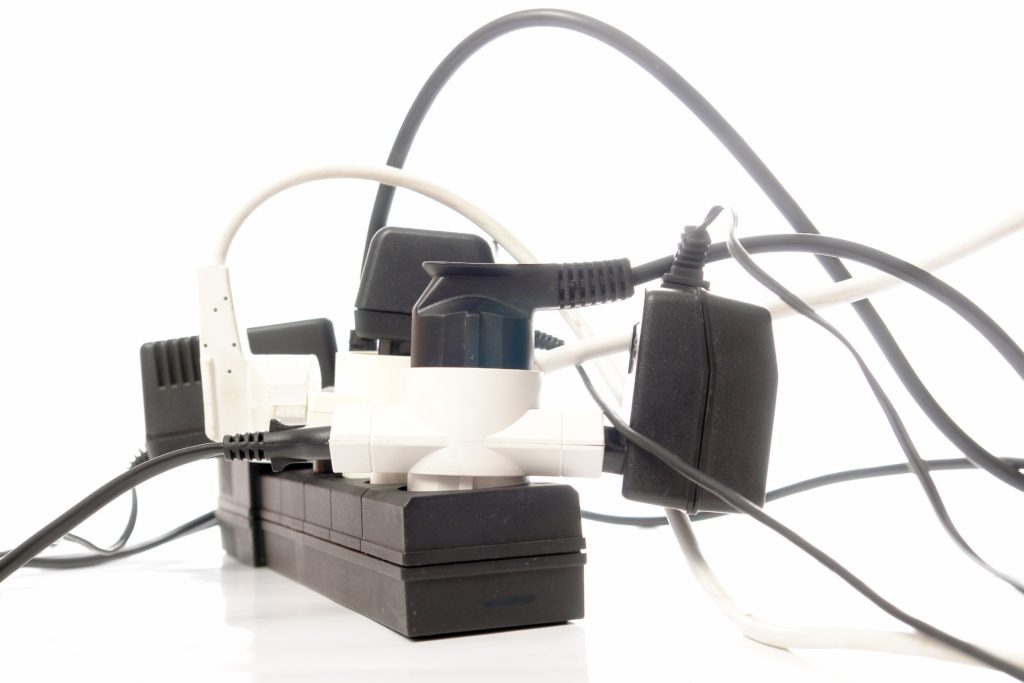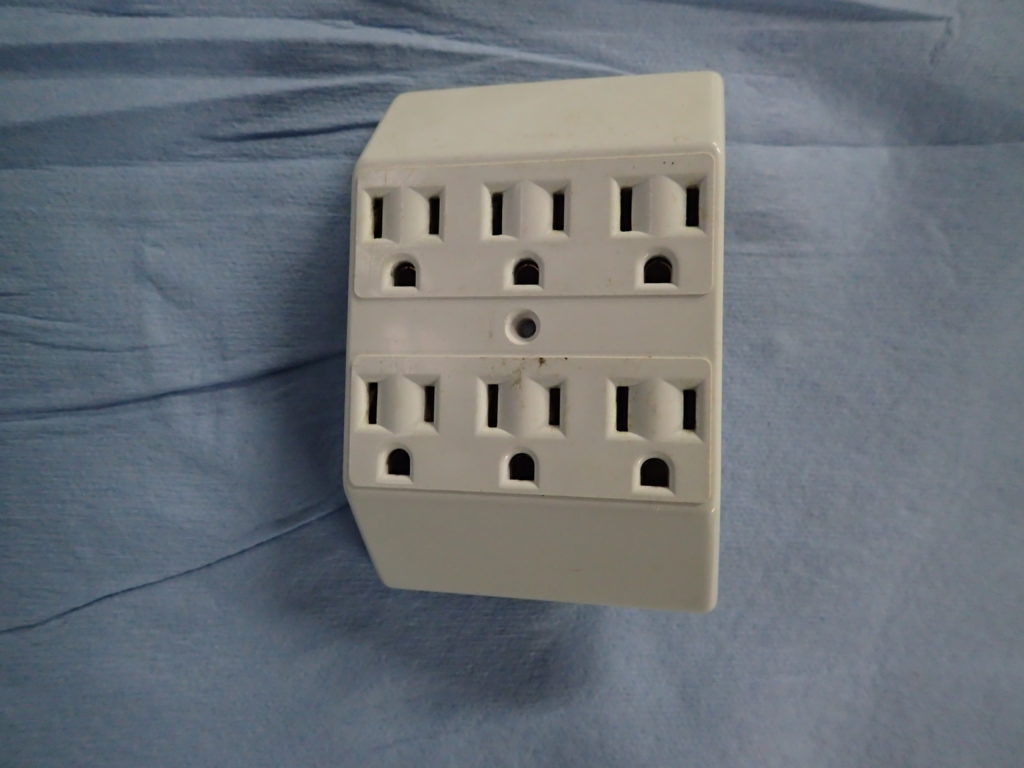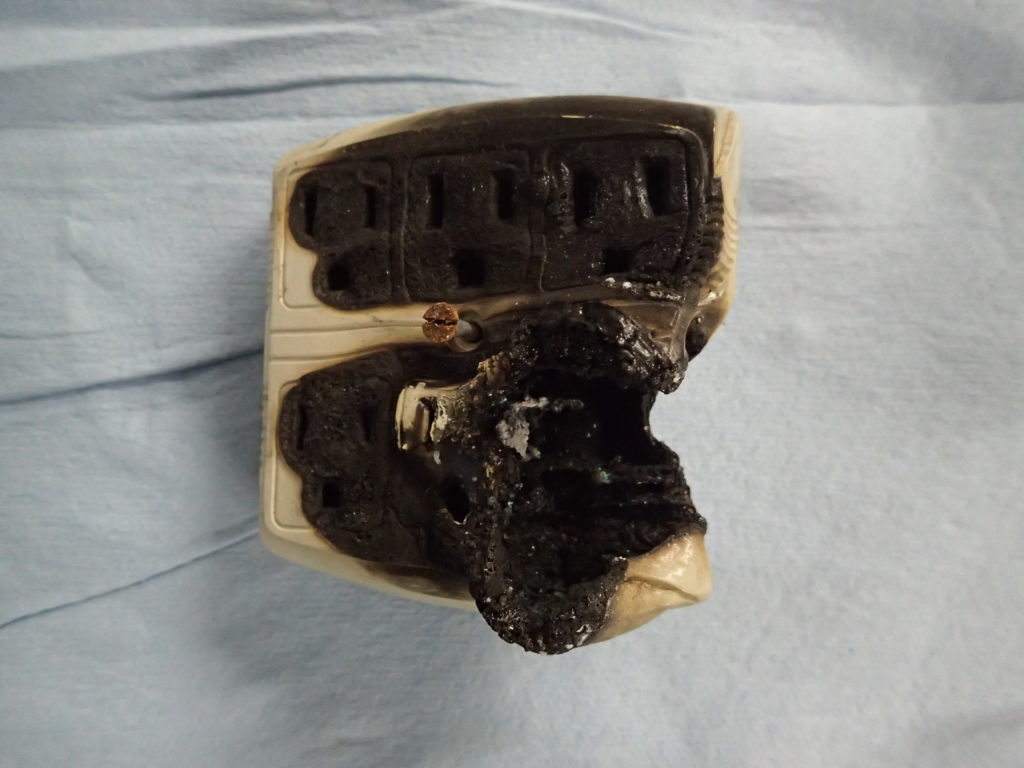The winter season is well underway in the United States, with the Christmas and New Years holidays behind us and the depths of cold weather here for the duration. With winter, many people spend more hours indoors as compared to the summer when outdoor activities ramp up. With more time spent indoors, it is somewhat intuitive that the use of electricity would increase as well.
Electricity is one of the most influential utilities in our daily life. Much of what modern societies rely on to get through a normal day requires electricity. Have you ever been in a slight panic looking for an electric outlet when your cell phone is below 10% charge? Or how many times do we all attempt to turn on a light switch when we enter a room during a known power outage from sheer habit? Even our personal transportation which has relied on gasoline for roughly 100 years is shifting toward electric automobiles.
With electricity having such a profound effect on our daily lives, it is worthwhile to examine what happens when things go wrong with electricity. Residential structure fires account for over 75% of fire deaths and injuries in the United States [1]. Fire Departments responded to an estimated average of 44,880 residential fires involving electrical failure or malfunction each year in 2012 – 2016 [2]. While cooking has and maintains a comfortable lead regarding fires that involve property damage, electrical malfunction is holding second place per the United States Fire Administration Report, “Fire in the United States 2008 – 2017.” This same report indicates that electrical failure or malfunction gets credit for 440 civilian deaths and 1250 injuries per year based on the information reviewed for the study.
Breaking down the contributors to fires specifically involving electrical failure or malfunction, electrical distribution and lighting equipment gets credit for 50% of these fires [3]. Electrical failure will often result in some form of arcing. The energy released from an electric arc can vary from millijoules to millions of joules [4].
Researched statistics aside, let’s look at a few examples that I have seen over the past 20 years as a volunteer firefighter in my community. Overloaded circuits are one of the first things that come to mind. It seems that everything today has a cord or at least a charger of some sort which will have a cord. But outlets are often limited in a residence to one per wall. So what is the solution to this problem? Power strips and outlet adapters of course!
Let’s start with power strips. These devices should be listed by an approved testing organization such as Underwriter’s Laboratories (UL) in order to be sold in the United States, and it is safe to say if you purchase the power strip from a reputable retailer it will be. Power strips often have the added benefit of a surge protection circuit to protect sensitive electronic equipment like laptop computers and cell phones from power surges. Most have an integral circuit breaker as part of the strip. The presence of a circuit breaker can lead to a false sense of security though if the power strip is misused. One common example is the practice of “daisy chaining” the power strips. This is simply plugging one power strip into another. This can lead to buildup of heat due to high current flow and subsequent fires.
One compounding factor is that power strips and similar items are often placed behind furniture where they can’t be easily seen or even underneath flammable articles such as drapes. Applying a small flame to drapery fabric will generally result in a bigger flame. Hiding the power strip out of sight, often behind furniture, results in material such as lint and dust or even lost articles of paper or clothing accumulating on or near the power strip. Failure of the strip results in a source of ignition for the accumulated fuel. I have personally responded to fires that were caused by the practice of daisy chaining power strips.
Another common item that I have personally seen fail is an outlet adapter. Much like the power strip, if you purchase these from a reputable retailer, they will be UL listed. And while it can be quite a convenience to turn your duplex wall outlet into a 6-place outlet, these should be used with extreme caution. The picture below is an example of what can happen when a high current device like a space heater is plugged into a 6-way adapter; smoke can be created. Fortunately for the homeowner, the adapter was not close to an ignitable fuel such as a stack of magazines or drapes and the fire was localized to the adaptor.
Electricity is everywhere in our modern lives. While most people never give it a second thought unless the power goes out, it is wise to have a basic understanding of electrical power. Misuse of electrical devices can have severe consequences. With a basic understanding and proper use of electrical equipment, the world can be a more convenient place.
[1] U.S. Fire Administration. “Fire in the United States 2008-2017.” 20th Edition, November 2019, pp 14-15.
[2] NFPA Research. “Home Electrical Fires.” March 2019, pp 1-2.
[3] NFPA Research. “Home Electrical Fires.” March 2019, pp 2-3.
[4] Joseph D. DeHaan, Kirk’s Fire Investigation, 6th Edition. 2007, p 149
Chad Jones, PE, CFEI, CMSE has a Bachelor of Science in Mechanical Engineering from Clemson University. Chad has over 20 years of engineering experience including mechanical, process, and manufacturing engineering. This work has included equipment design, machine safeguarding, cost estimating and safety compliance. Chad also has over 10 years of commercial, industrial, and residential HVAC and plumbing design experience. Chad is a Certified Fire and Explosion Investigator and IFSAC certified Firefighter II in Greenwood County, South Carolina.






